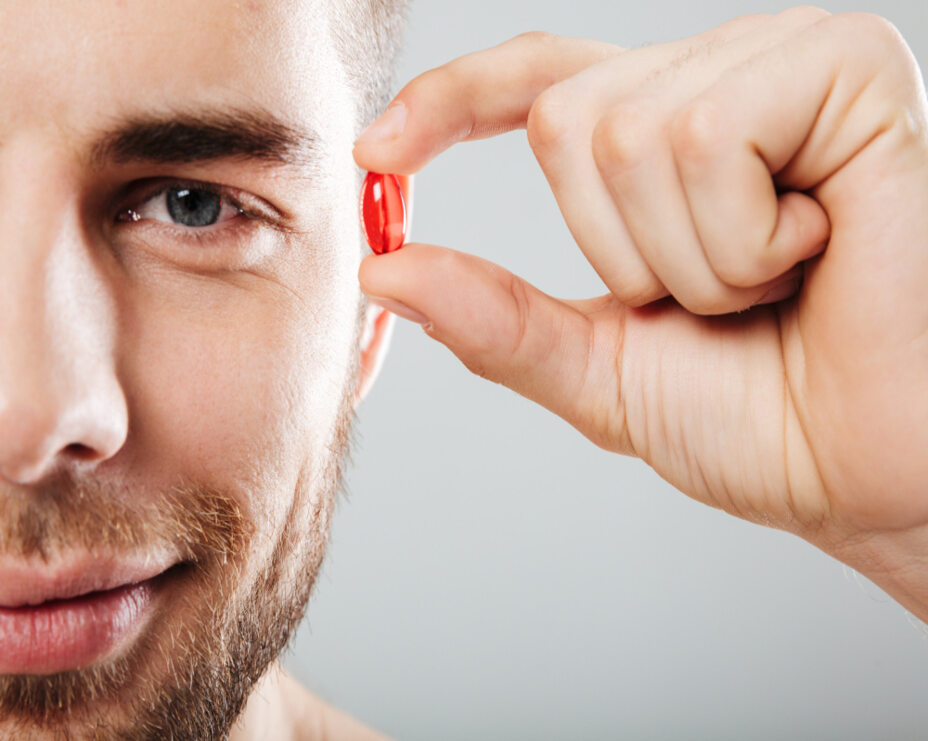Essential Takeaways
- Leading cause of stroke is usually a haemorrhage or a blood clot in a blood vessel in the brain.
- Know about the sign and symptoms of a stroke.
Stroke is a medical emergency and prompt treatment is the only way to prevent death and disability. The leading cause of stroke is usually a hemorrhage or a blood clot in a blood vessel in the brain. Without timely treatment, the neurons that constitute the brain tissues begin to degenerate and die.
Facts about stroke
- A stroke can occur at any age, although the risk of suffering from a stroke goes high as the individual ages.
- Women stand a higher chance of suffering from a stroke more often than men.
- Majority of the patients who suffer from stroke have at least one major risk factor such as hypertension, high cholesterol or smoking.
Signs and symptoms of stroke
If you notice your loved one showing the following signs and symptoms, you need to rush them to the hospital immediately:
- Sudden numbness or weakness on one side of the body.
- Sudden vision changes in one or both sides of the body.
- Difficulty in swallowing.
- Sudden, severe headache.
- Dizziness and loss of balance while standing or walking.
- Sudden confusion or difficulty in speaking.
If you doubt that a loved one may be exhibiting symptoms of stroke, you need to perform the F.A.S.T test to spot the signs of stroke:
- F-Face: Ask him/her to smile. If one side of the face droops, you need to perform the A test.
- A-Arms: Ask him/her to lift his/her arm. If his/her arms drifts down, perform the S test.
- S-Speech: Make him/her repeat a simple sentence. If he/she has trouble in repeating or slurs the words, go for T.
- T-Time: Time is very important in case of a stroke. The more time you take to rush the patient to the hospital, the more damage is caused to the patient’s brain. When deprived of oxygen, brain cells begin dying within minutes. There are clot-busting drugs that can curb brain damage, but they need to be used within three hours, up to 4.5 hours in some people, of the initial stroke symptoms. Once the brain tissue has died, the body parts controlled by that area won't work properly. This is why stroke is a top cause of long-term disability.
Once a patient suffering from stroke arrives at the hospital, the doctors conduct a CT scan to determine the type of stroke. There are three types of strokes:
- Ischemic stroke – This is the most common type of stroke, and is known as ischemic stroke. Around 9 out of 10 strokes are ischemic strokes. This type of stroke is caused by a blood clot in the blood vessel that supplies oxygenated blood to the brain tissues. This blood clot may form in the blood vessel in the brain or may travel from other parts of the body to the brain.
- Hemorrhagic Stroke – Hemorrhagic strokes are comparatively fatal than ischemic strokes. This type of stroke occurs when a blood vessel in the brain bursts due to hypertension. The result is constant bleeding in the brain, damaging the brain tissues.
- Mini-Stroke (TIA) – A mini stroke, often called as a Transient Ischemic Attack (TIA) is more like a warning sign that a stroke may occur. In this case, blood flow is disrupted to a part of the brain, thereby mimicking the symptoms of an actual stroke. When the blood flow returns back to normal, the symptoms disappear.
A stroke can be prevented by lifestyle changes – quitting smoking, exercise, limiting alcohol and salt intake and healthier and balanced diet. Besides this, your doctor will prescribe you medications to manage blood clotting and high blood pressure. In certain cases, the neurologist may prescribe surgery to remove the plaque present in the blood vessels that supply blood to the brain. This can be done by using a balloon stent to widen the blood vessels to open up the artery supplying blood vessels to the brain.












